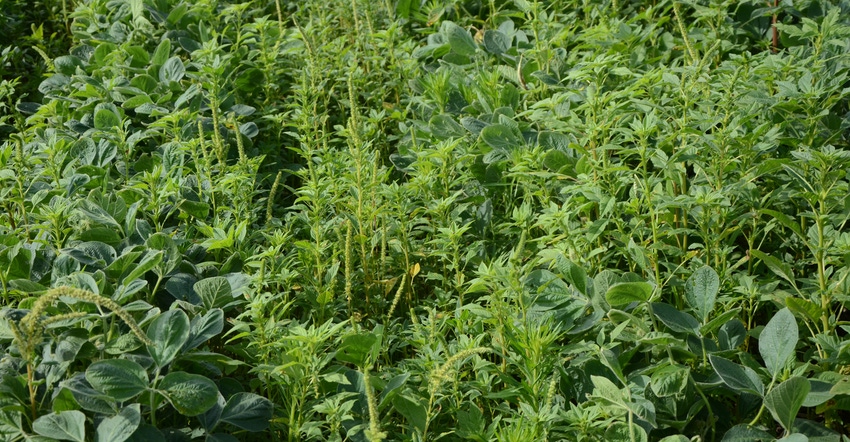January 21, 2021

The 2021 growing season will bring new challenges, and some fields will have problems spilling over from the 2020 derecho in the form of volunteer corn. While the idea of “start clean, stay clean” isn't new, a reminder on how to accomplish this may be helpful before the start of the growing season:
Tailor management tactics to key weeds. Although most fields are infested with many weed species, one or two species typically cause persistent problems and require special consideration. The weeds that were the biggest problems the prior year probably will be a challenge this year as well. Farmers can improve weed control by tailoring their plans to provide better control of those species. For example, if marestail or horseweed was the biggest issue in 2020, tillage or early-burndown herbicide applications with effective herbicide products against it like saflufenacil, 2,4-D or dicamba will improve control this spring.
Consider residual herbicides. With resistance limiting postemergence options in corn and soybeans, investing in effective preemergence herbicides is extremely important. These herbicides attack weeds at their most vulnerable stage, helping to maximize yield and reducing the number of weeds exposed to postemergence herbicides. Preemergence herbicides expand the application window for postemergence products, allowing for more consistent weed control.
Including a residual herbicide with postemergence applications in a layered herbicide application provides the best opportunity for season-long weed control of weeds with prolonged emergence patterns like waterhemp. Layering consists of using a residual herbicide at planting, and then including more residual herbicides with the postemergence herbicides. The postemergence treatment is applied about a week earlier than normal, and the additional residual herbicide extends control of late-emerging weeds.
Use effective rates. Tailoring herbicides to weed issues may also mean needing to adjust herbicide rates to manage challenging weed issues, especially where resistance issues have limited effective treatments. Most preemergence herbicide premixes contain two or more herbicides to manage a spectrum of weed issues, but the rates of individual products in the mix may not be as high as if you used the products alone.
We often discuss the concept of “spiking” the premix to increase the rate of products to provide longer soil residual; this would be especially important if the herbicide rates in the premix are less than 70% of full rate of individual products alone. This can help improve weed control of waterhemp since we need to extend control later in the growing season.
Prioritize details of applications. For all farmers, timely management of weeds needs to be a priority. Herbicides increase flexibility compared to other tactics, but we still need to focus on details of application, including knowing label restrictions for weed size, actually scouting fields to determine appropriate application timing, and preparing the sprayer to maximize the effectiveness of our applications. Seemingly simple details like carrier volume, spray adjuvant, nozzle selection and machine calibration could make or break the effectiveness of a herbicide application.
Think outside the box. Finally, we know that weeds are going to be here in future years and, as our wise weed scientists say, “We aren't going to spray our way out of a herbicide problem.” Proactive steps to reduce weed populations like controlling weeds in drowned out areas, terraces and field edges, and minimizing movement of weed seed can be beneficial in the long run.
Additionally, in-field practices that provide complementary control to herbicides or enhance crop competitiveness are important to preserve the effectiveness of herbicides. Farmers can evaluate what would work best on their farm, but options like narrow rows in soybean, cover crops and interrow tillage are all options that exist now. In the future, more advanced options like electricity or harvest weed seed control may be viable.
Anderson is an Iowa State University Extension field agronomist.
About the Author(s)
You May Also Like






